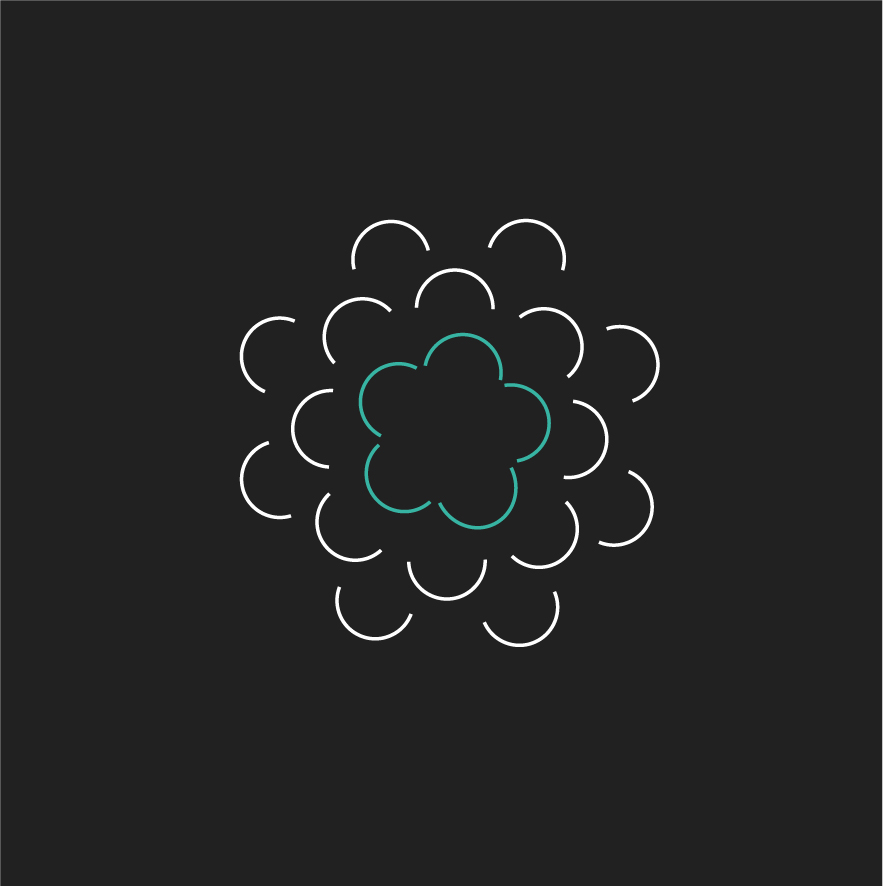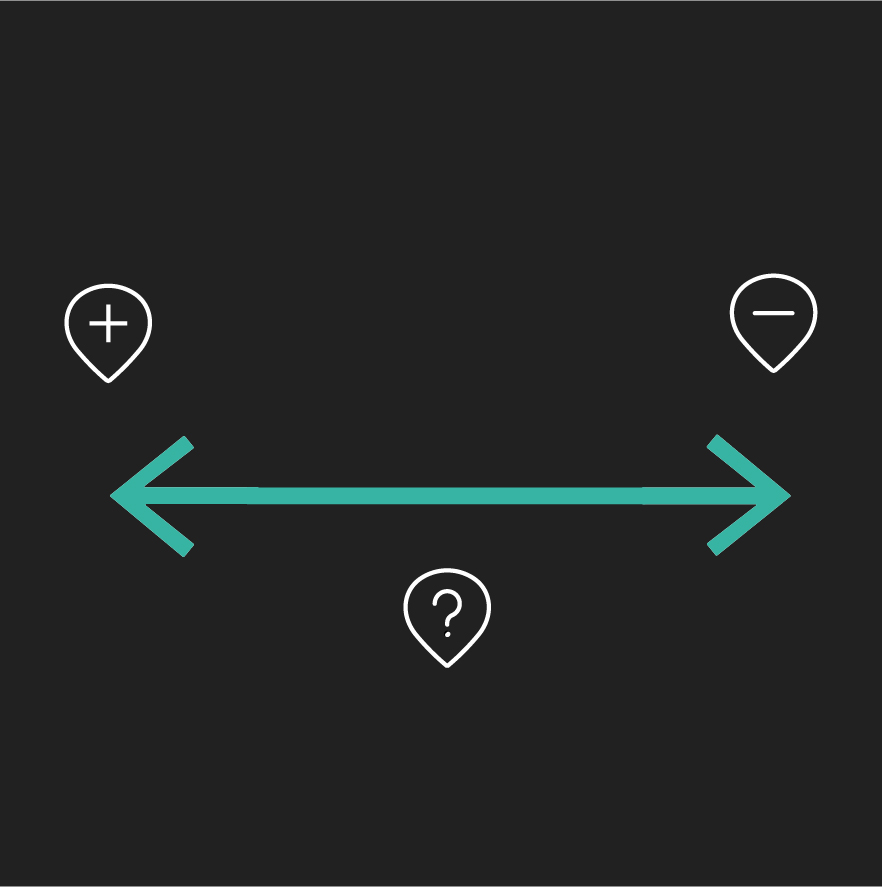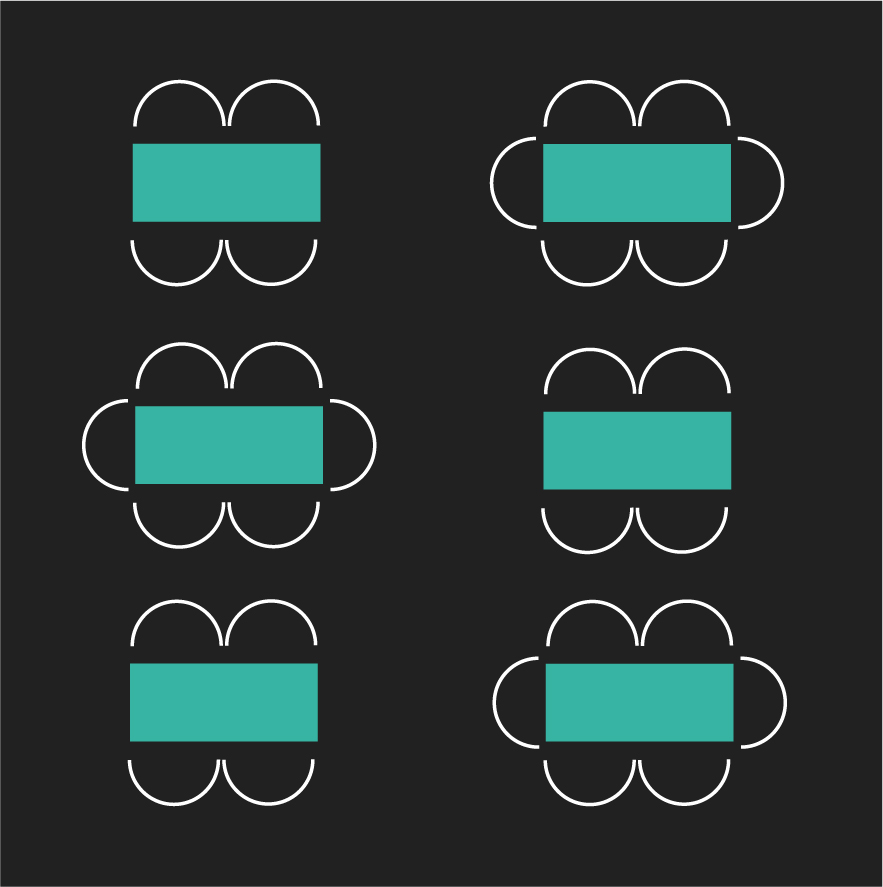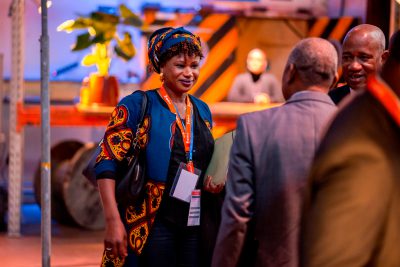Emerging event types such as Unconference teach us that behavioural change among millennials especially occurs when freedom of choice during an event is provided. Participants decide for themselves what they want to learn, and make meaningful contacts with other visitors. As an event organiser you stimulate this by facilitating small break-out sessions. We’ll help you with 5 tips for break-out settings to simulate interaction.
1. UNPANEL
For this break-out setting you put five chairs in a circle. Around this circle you have to place at least two more circles of chairs. During the session, participants with the most knowledge of the subject will sit down in the inner, smallest circle. The other participants can take place in the second or third circle. In the inner, smallest circle there will always be one empty chair. Do you, as a participant, want to ask a question? Take place on the empty chair! Beware, there always has to be one empty chair in the inner circle! When a participant takes place on the empty chair, the other participants have to determine who will step out the inner circle to ensure there is an empty chair available again. This break-out setting is perfect for discussing difficult subjects, because the participants can indicate how much knowledge they have about the topic.

2. RAPID DEMOS
The Rapid Demos break-out setting is a great way to get a lot of people to share knowledge about a subject in a short period of time. In this setting, a facilitator appoints each participant one at a time. The participant then has five minutes to give a small presentation, demonstration or workshop on the subject in question. No one is skipped. This way you ensure that the participants learn from each other. This session can last for fifteen minutes up to an hour.

3. SPECTOGRAM
Looking for an interactive way to critically discuss a topic? The break-out setting Spectogram provides this. The facilitator draws a straight line of tape on the floor and writes ‘agree’ in the left box and ‘disagree’ in the right box. The middle of the line stands for ‘neutral’. Now the facilitator will ask questions to the participants, who then indicate their point of view by standing in the right box. The participants must then also explain their point of view. In this setting the facilitator can also choose to have the participants ask questions so that they also get the chance to set up the session.

4. WORLD CAFÉ
The name almost says it all, the setting World Café resembles a café in terms of decoration. The space is filled with tables. At each table there is room for four to six participants. You will be welcomed by a facilitator who will explain the meaning of the World Cafe. In sessions of twenty minutes, various topics are discussed at each table. When time runs out, one person stays at the table and the other participants move on to the next table. The person who remains seated gives the new group a summary of the discussed topic. After that, a new conversation is started. In this way the participants can share insights with each other.

5. APPRECIATIVE INQUIRY
The final break-out setting is Appreciative Inquiry in which participants can set goals for the future from a positive point of view. A facilitator asks participants a question based on the strengths of the company. An example is: what moments of success have we had and what can we learn from these moments? The group then goes through three phases: discovery, dreams and design. Upon discovery, the facilitator asks participants to share positive stories and moments with others around this question. When dreaming, they are allowed to sketch a picture of the future. Finally, the design phase determines how this future can be achieved.


More creative break-out settings during your event? We would like to help you.
Contact Esmee How to's
How to's


